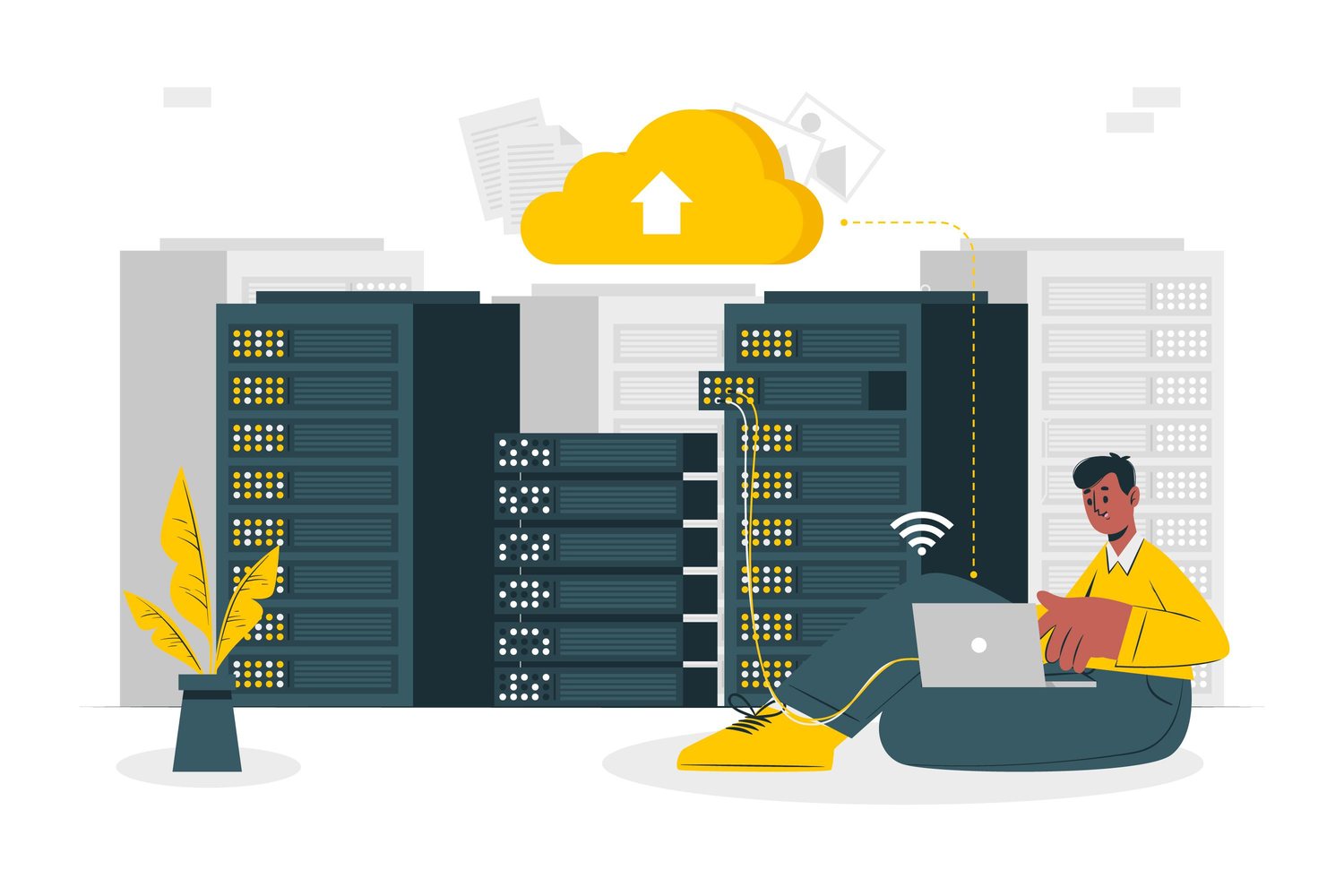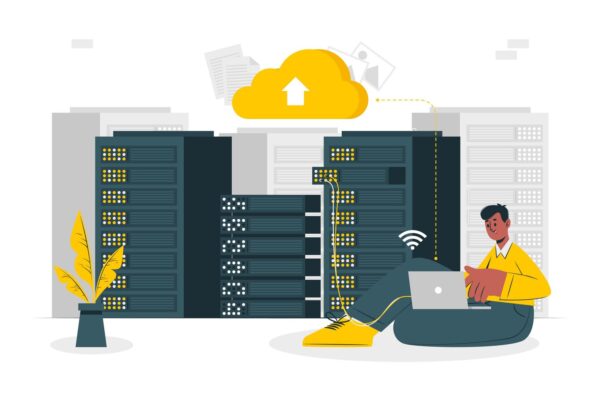If you want to learn how to make your own blog don’t be intimidated as it is now much easier than it has ever been. This doesn’t mean that it is really easy it just means you don’t have to be a ‘techie’ or a ‘geek’ to set one up and run it. In fact there is so much choice now with free blogging platforms it’s like there’s a new one coming up each day.
The most popular free blogging platforms to choose from are Blogger, WordPress.com and WordPress.org. I know I’ve mentioned WordPress twice it’s just that the dot com and the dot org are different because of what you are allowed to do with the blog under their terms and conditions so it was worth mentioning that.
In making your own blog you need to do a little planning first and selecting which platform is best for you – that’s why I mentioned the three types of blogs. If you want the simplest of blogs as for example a personal diary then opt for blogger or WordPress.com. If you want something for your business or your niche that you may want to monetize later then go for the WordPress.org.
Once you have chosen the type of blog there is one more thing you need to be made aware of. You don’t need a hosting account for Blogger or WordPress.com but you will need one for the dot org. To get a hosting account will probably cost anywhere from $3 to $7 per month so it’s a cost you may have to factor in.
Let’s assume that you want to start a blog for commercial purposes, you want it as an interactive tool for your customers but you don’t know how you are going to install it – don’t panic!
There is a very easy method that you can use if you have a hosting account with cPanel (control panel – it’s a brand name). Most hosting accounts will have on the cPanel a little icon called ‘Fantastico’. By doing a ‘Fantastico install’ your blog should be ready in 10 minutes!
You press on the icon and the cPanel will ‘walk you through’ a three part install. The one thing I would highly advise though is to make a note of the password and usernames that you create and put them in an excel spreadsheet or notebook so as you can log into the blog when it is created.
OK so now I’m assuming that you have successfully created your first WordPress blog and are very pleased with yourself the ‘hard work’ and ‘learning’ starts.
For any blog to be successful there are unfortunately things you must learn about like SEO (search engine optimization – at least the basics) and plugins – but at least you have started and you have been able to make your own blog that’s a great first step!








